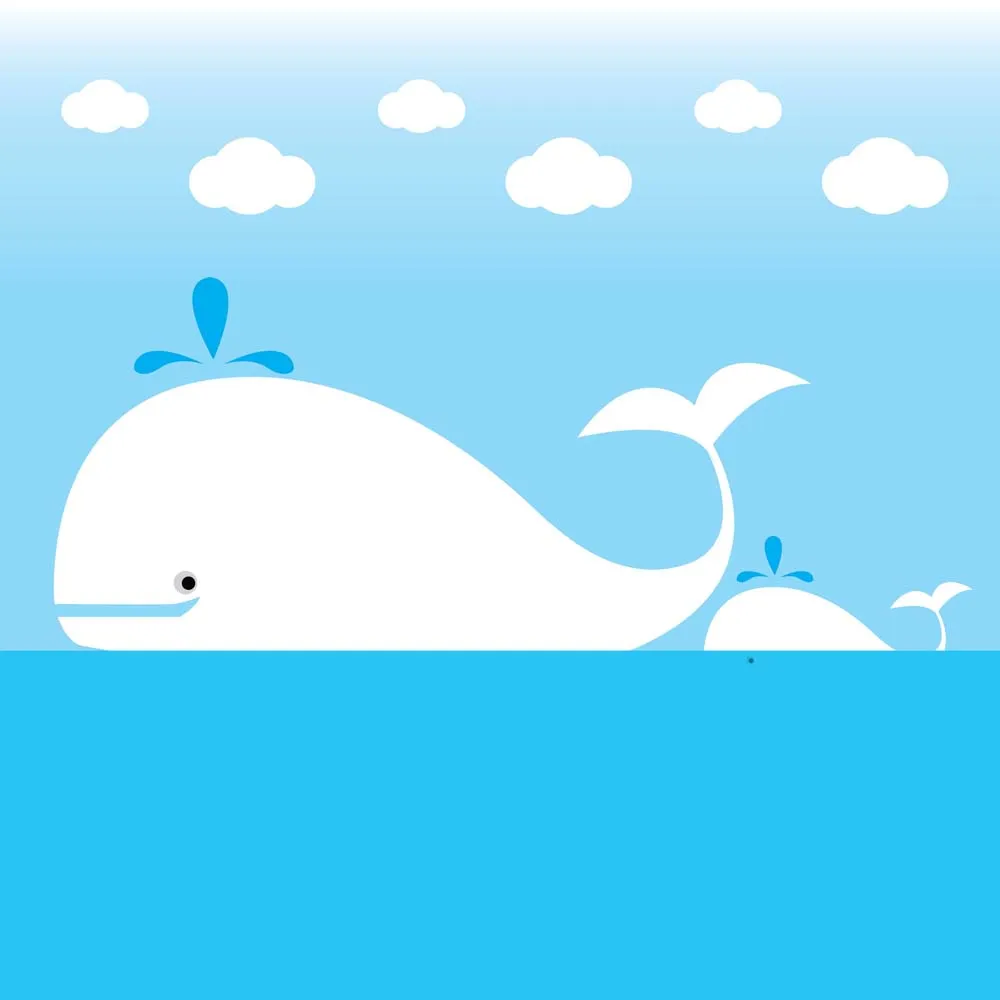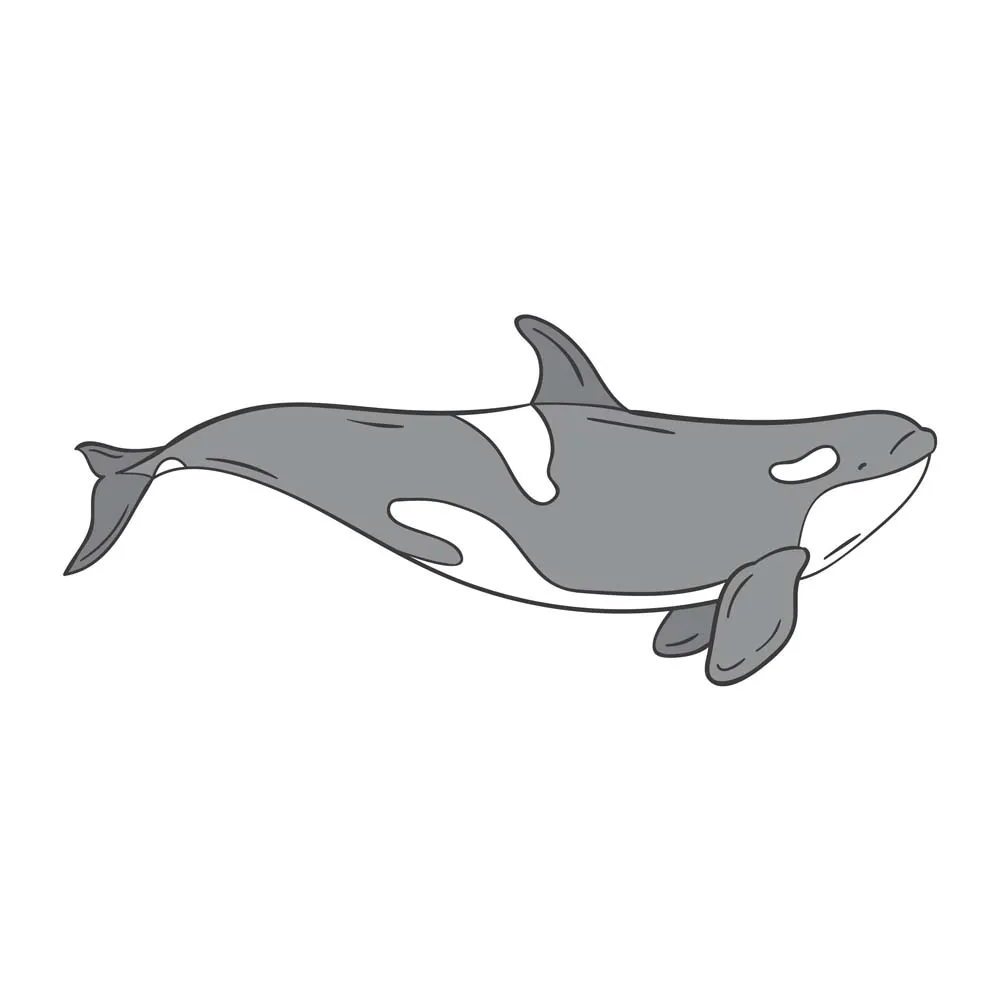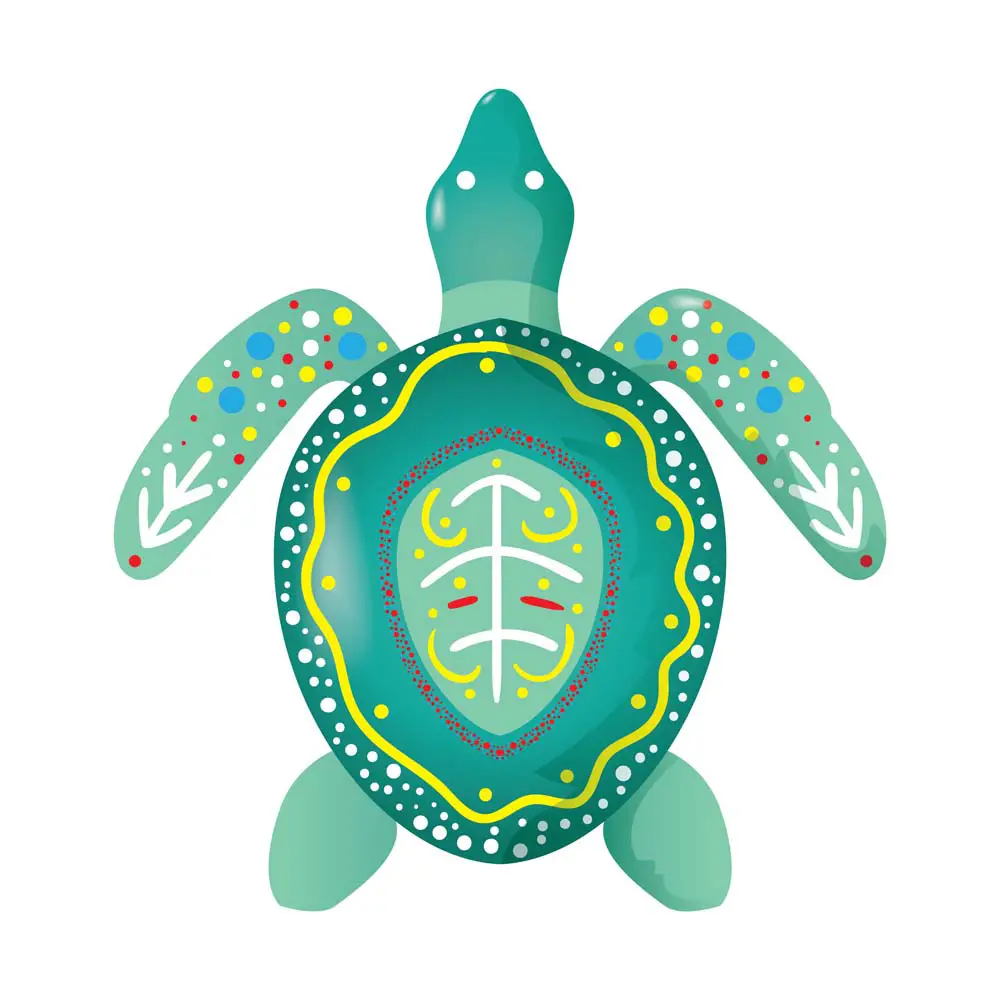Introduction
One could say that there is a second world other than the one we experience each day, a world that is submerged underwater, below blue ocean tides. The world of sea creatures remains largely a mystery for us surface dwellers, but even more so for our kids. If you are a parent whose kids are growing curious rapidly and you would like to introduce them to the majestic aquatic species roaming around the seas, then this is the article for you.
In this short piece, we will explore the essentials on sharks and dolphins, blue whales and killer whales, sea horses, sea turtles, starfishes and octopi. And maybe, we will even take a peek at sea lions, a type of creature that can be seen both on land and water.
Sharks
 Unfortunately, we are mostly exposed to sharks whenever the media spread out a story of a shark attacking people or a movie highlights their aggressive, predatory nature. In truth, this rarely ever happens. It is important to understand, first and foremost, that there are many kinds of sharks: The great white, the mako shark and the hammerhead sharks are probably the most easily recognised. The most dangerous shark type is the great white, which, interestingly enough is warm-blooded. Male white sharks mature five years earlier than females, at ten and fifteen years respectively. However, sharks are fully capable of taking care of themselves without any parental help from the moment they are first born.
Unfortunately, we are mostly exposed to sharks whenever the media spread out a story of a shark attacking people or a movie highlights their aggressive, predatory nature. In truth, this rarely ever happens. It is important to understand, first and foremost, that there are many kinds of sharks: The great white, the mako shark and the hammerhead sharks are probably the most easily recognised. The most dangerous shark type is the great white, which, interestingly enough is warm-blooded. Male white sharks mature five years earlier than females, at ten and fifteen years respectively. However, sharks are fully capable of taking care of themselves without any parental help from the moment they are first born.
Dolphins
 Maybe you have seen or heard stories of the renowned dolphin playfulness. This type of aquatic mammal is certainly capable of learning and performing some very impressive tricks. It is quite the spectacle to watch their intelligence in play. Being mammals, dolphins cannot really breathe underwater like fish do. In order to do so, they have to come out to the surface and use a blowhole they have on the top of their head, which is their own version of exhaling. They are highly social animals and show great care to protect and nurture weaker members of their group. Baby dolphins stay with their mothers until they are three years old.
Maybe you have seen or heard stories of the renowned dolphin playfulness. This type of aquatic mammal is certainly capable of learning and performing some very impressive tricks. It is quite the spectacle to watch their intelligence in play. Being mammals, dolphins cannot really breathe underwater like fish do. In order to do so, they have to come out to the surface and use a blowhole they have on the top of their head, which is their own version of exhaling. They are highly social animals and show great care to protect and nurture weaker members of their group. Baby dolphins stay with their mothers until they are three years old.
Blue Whales
 Whales are some of the largest animals on Earth, today. They do live in oceans, but they do not have an underwater respiration system. Thus, they have to go all the way up to the surface in order to breathe air. Despite their size, they are quite harmless, as they lack teeth. Instead, they have a comb-like fiber called “baleen“. Blue whales in particular, one of the dozens of different whale species and definitely the largest, have a rather sad story. They are currently an endangered species, close to extinction, with only a four digit number of them currently alive.
Whales are some of the largest animals on Earth, today. They do live in oceans, but they do not have an underwater respiration system. Thus, they have to go all the way up to the surface in order to breathe air. Despite their size, they are quite harmless, as they lack teeth. Instead, they have a comb-like fiber called “baleen“. Blue whales in particular, one of the dozens of different whale species and definitely the largest, have a rather sad story. They are currently an endangered species, close to extinction, with only a four digit number of them currently alive.
Killer Whales
 Otherwise known as orcas, killer whales are actually whales in name only. In truth, they are a type of dolphin – the largest and most powerful of them. They usually hunt in large groups of up to 40 individual orcas. They have a rather colorful palette on prey they target: Some groups prefer to eat fish, while others prefer to hunt marine animals. In both cases, groups of killer whales use remarkably effective and cooperative hunting techniques, heavily resembling the behavior of wolves.
Otherwise known as orcas, killer whales are actually whales in name only. In truth, they are a type of dolphin – the largest and most powerful of them. They usually hunt in large groups of up to 40 individual orcas. They have a rather colorful palette on prey they target: Some groups prefer to eat fish, while others prefer to hunt marine animals. In both cases, groups of killer whales use remarkably effective and cooperative hunting techniques, heavily resembling the behavior of wolves.
Sea Horses
 Sea horses are very interesting sea creatures, quite unlike others and with some unique traits. First of all, they are monogamous and mate for life – a trait rarely observed in nature, let alone in fish. Rarer still, however, their unborn offspring are actually beared by the male, not the female sea horse. They can usually be encountered in tropical and temperate waters around the world. In size, they range from tiny, less than an inch, up to 14 inches long.
Sea horses are very interesting sea creatures, quite unlike others and with some unique traits. First of all, they are monogamous and mate for life – a trait rarely observed in nature, let alone in fish. Rarer still, however, their unborn offspring are actually beared by the male, not the female sea horse. They can usually be encountered in tropical and temperate waters around the world. In size, they range from tiny, less than an inch, up to 14 inches long.
Sea Turtles
 There are seven different species of sea turtles today, but all of them are literally ancient. They have actually been around since the time of the dinosaurs. In that respect, they are much more evolutionary successful than we humans are. They can be found in warm and temperate waters around the world. A peculiar habit of theirs is their migration, back and forth between their feeding and nesting grounds. Often enough, these migrations are as long as 1400 miles.
There are seven different species of sea turtles today, but all of them are literally ancient. They have actually been around since the time of the dinosaurs. In that respect, they are much more evolutionary successful than we humans are. They can be found in warm and temperate waters around the world. A peculiar habit of theirs is their migration, back and forth between their feeding and nesting grounds. Often enough, these migrations are as long as 1400 miles.
Starfishes
 What if we told you that what you think you know about starfishes is wrong? Well, they are not actually fishes – they are echinoderm. Changing their names to sea stars has proven to be quite the hurddle for marine scientists to overcome. What is perhaps most impressive about sea stars is their regenerative ability. They are capable of regrowing limbs or, in rare cases, their entire bodies. Their secret lies in how they house their vital organs in their arms. Certain species of sea stars can regenerate an entirely new sea star, just from a bit of surviving limb.
What if we told you that what you think you know about starfishes is wrong? Well, they are not actually fishes – they are echinoderm. Changing their names to sea stars has proven to be quite the hurddle for marine scientists to overcome. What is perhaps most impressive about sea stars is their regenerative ability. They are capable of regrowing limbs or, in rare cases, their entire bodies. Their secret lies in how they house their vital organs in their arms. Certain species of sea stars can regenerate an entirely new sea star, just from a bit of surviving limb.
Octopus
 With it’s bulbous head and eight strong arms, an octopus is quite the spectacle. What is most interesting than its striking appearance, however, is the sophistication of the techniques it uses to avoid and thwart attackers. We can identify three lines of diffence. Firstly, octopi have a camouflage sort of ability. They are capable of matching the colors, patterns and textures of their surroundings. Secondly, they are capable of releasing a cloud of dark ink to mislead and disorient attacking predators, which often allows sthem to slip away. Thirdly, their bodies are designed in a way that allow them to squeeze into impossibly small cracks and crevices where hunters are incapable to follow.
With it’s bulbous head and eight strong arms, an octopus is quite the spectacle. What is most interesting than its striking appearance, however, is the sophistication of the techniques it uses to avoid and thwart attackers. We can identify three lines of diffence. Firstly, octopi have a camouflage sort of ability. They are capable of matching the colors, patterns and textures of their surroundings. Secondly, they are capable of releasing a cloud of dark ink to mislead and disorient attacking predators, which often allows sthem to slip away. Thirdly, their bodies are designed in a way that allow them to squeeze into impossibly small cracks and crevices where hunters are incapable to follow.
Sea Lions
 What is immediately evident about sea lions is the large size difference between males and females. They can be encountered in both warm climates as well as sub arctic areas. They are capable of protecting themselves adequately – the only two, real predators that hunt them are orcas and large sharks. Sea lions are highly social and tend to live in very large colonies. Most importantly, they are very intelligent and have often be used for entertainment purposes, much like dolphins have. Beware, however, as the male sea lion can be a very aggressive animal.
What is immediately evident about sea lions is the large size difference between males and females. They can be encountered in both warm climates as well as sub arctic areas. They are capable of protecting themselves adequately – the only two, real predators that hunt them are orcas and large sharks. Sea lions are highly social and tend to live in very large colonies. Most importantly, they are very intelligent and have often be used for entertainment purposes, much like dolphins have. Beware, however, as the male sea lion can be a very aggressive animal.

